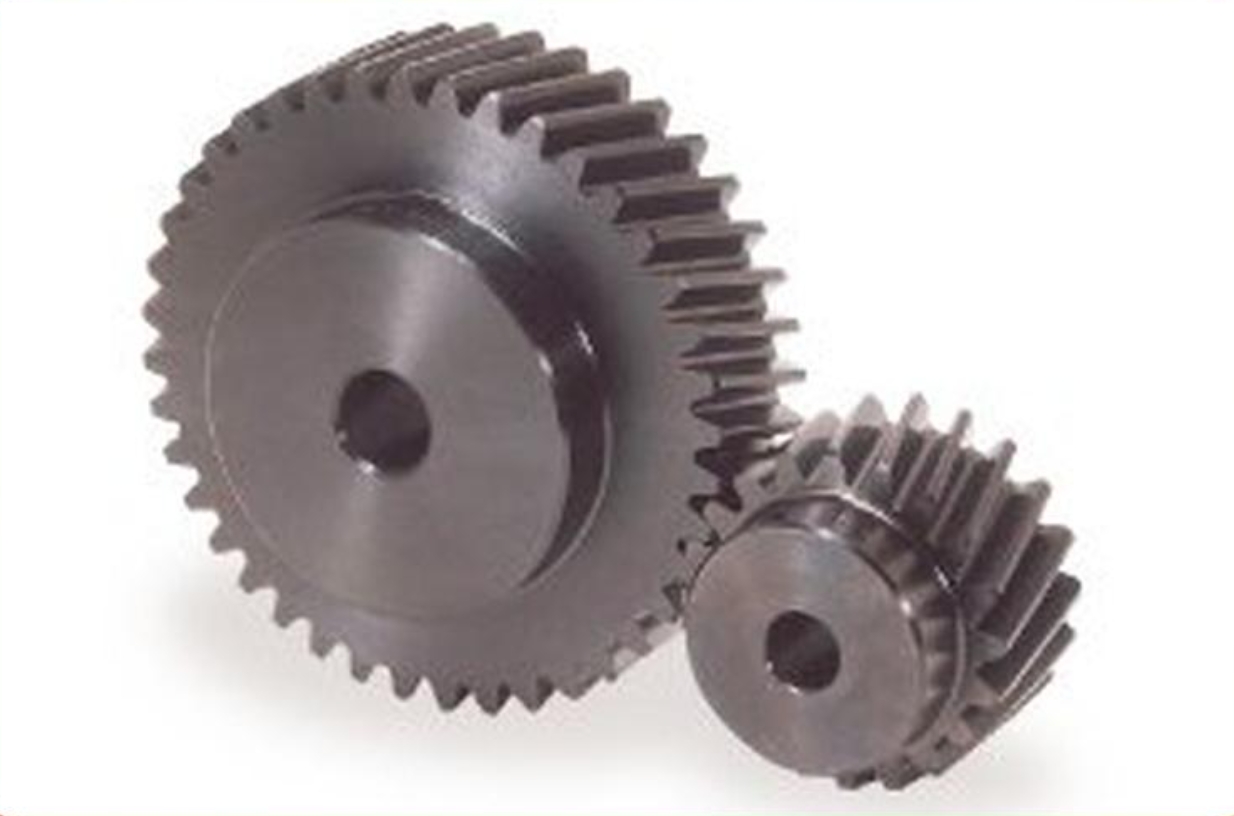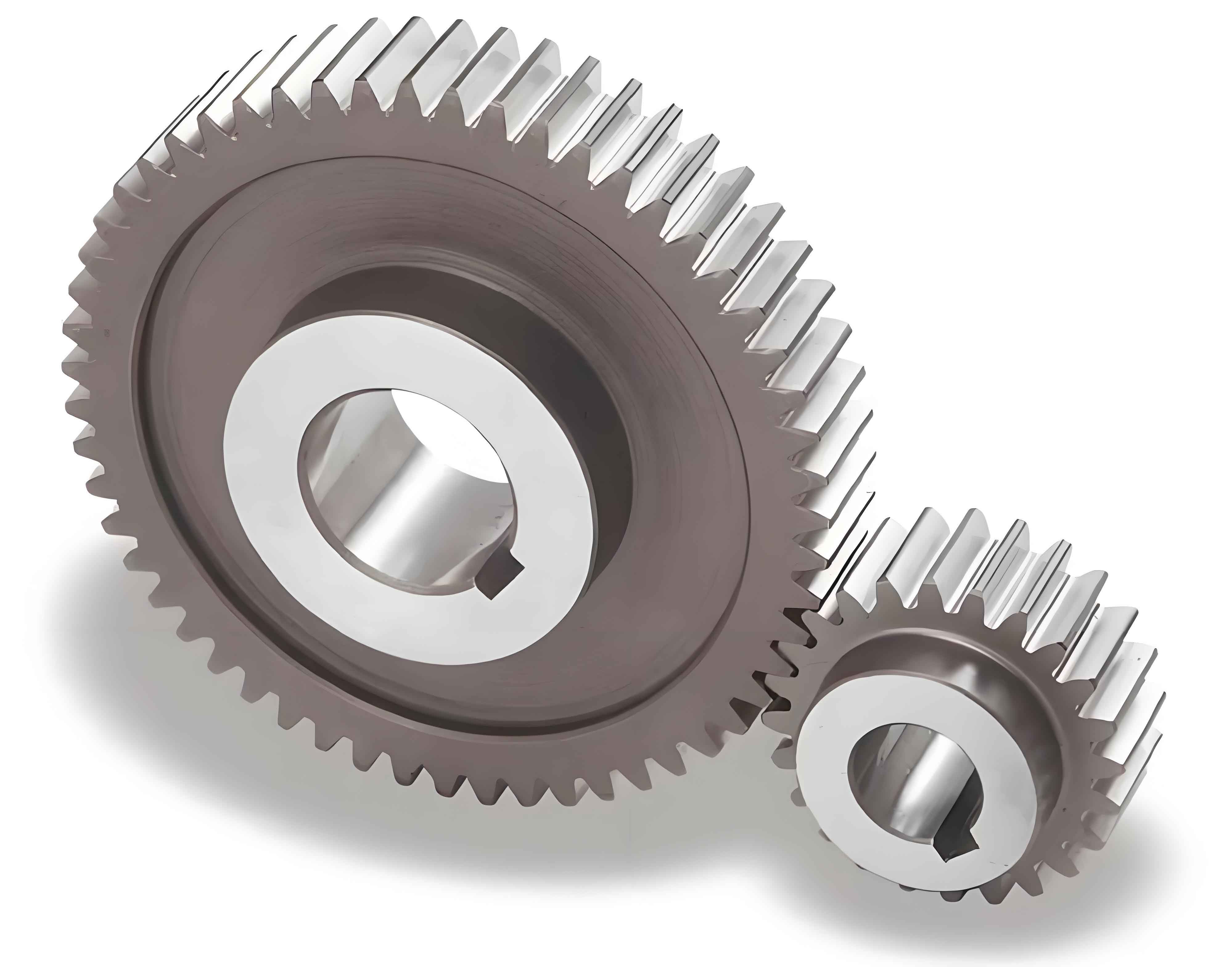Helical gear and spur gear is fundamental components in many mechanical systems, each with distinct advantages and disadvantages. Choosing the appropriate gear type for a specific industrial application requires a thorough understanding of their characteristics, performance, and suitability for different operating conditions. This article provides a comparative study of helical gear and spur gear, focusing on their design, performance, applications, and overall suitability in various industrial contexts.
Introduction
Gear is essential in transmitting power and motion in mechanical systems. Helical and spur gear is two of the most commonly used types, each offering unique benefits. Understanding their differences and the contexts in which they excel can significantly impact the efficiency, reliability, and longevity of industrial machinery. This article compares these two gear types across several parameters, providing insights for engineers and decision-makers in selecting the right gear for their applications.
Design and Structure
Helical Gear
Helical gear has teeth that are cut at an angle to the gear axis, forming a helix shape. This design allows for gradual engagement of the teeth, resulting in smoother operation.
| Feature | Description |
|---|---|
| Tooth Angle | Angled (helix) teeth |
| Load Distribution | Gradual engagement, better load distribution |
| Axial Thrust | Generates axial thrust requiring additional bearings |
Spur Gear
Spur gear has straight teeth that are parallel to the gear axis. They are simpler in design and easier to manufacture compared to helical gear.
| Feature | Description |
|---|---|
| Tooth Angle | Straight teeth |
| Load Distribution | Instantaneous engagement, higher impact stresses |
| Axial Thrust | No axial thrust generated |
Performance Characteristics
Load Carrying Capacity
Helical gear generally have a higher load-carrying capacity due to their larger contact area and better load distribution.
| Gear Type | Load Carrying Capacity |
|---|---|
| Helical Gear | Higher due to larger contact area |
| Spur Gear | Lower compared to helical gear |
Noise and Vibration
The gradual engagement of helical gears results in quieter and smoother operation compared to the abrupt engagement of spur gear.
| Gear Type | Noise and Vibration Levels |
|---|---|
| Helical Gear | Low noise and vibration |
| Spur Gear | Higher noise and vibration |
Efficiency
Spur gear is generally more efficient due to their simpler design and lack of axial thrust. Helical gear, while smoother, can experience higher friction losses.
| Gear Type | Efficiency |
|---|---|
| Helical Gear | Slightly lower due to frictional losses |
| Spur Gear | Higher efficiency |
Applications
Helical Gear
Helical gear is suited for applications requiring high load capacity, quiet operation, and smooth transmission.
- Automotive Transmissions: Used for smooth and quiet power transmission.
- Aerospace Gear Systems: Preferred for their reliability and performance under high loads.
- Industrial Machinery: Employed in heavy-duty applications requiring robust and durable gears.
Spur Gear
Spur gear is ideal for applications where simplicity, cost-effectiveness, and efficiency are prioritized.
- Conveyor Systems: Used for straightforward power transmission.
- Pumps and Compressors: Suitable for their efficiency and easy maintenance.
- Mechanical Clocks and Timing Devices: Chosen for their precision and simplicity.
Advantages and Disadvantages
Helical Gear
Advantages:
- Smoother and quieter operation
- Higher load-carrying capacity
- Better durability and strength
Disadvantages:
- More complex and expensive to manufacture
- Generates axial thrust requiring additional support
- Slightly lower efficiency due to friction
Spur Gear
Advantages:
- Simple and cost-effective design
- High efficiency
- No axial thrust generated
Disadvantages:
- Higher noise and vibration
- Lower load-carrying capacity
- Instantaneous engagement leading to higher impact stresses
Comparative Analysis
| Parameter | Helical Gear | Spur Gear |
|---|---|---|
| Design Complexity | Higher | Lower |
| Manufacturing Cost | Higher | Lower |
| Noise and Vibration | Lower | Higher |
| Load Capacity | Higher | Lower |
| Efficiency | Slightly Lower | Higher |
| Applications | High load, quiet operation, heavy-duty | Simple, cost-effective, high-efficiency |
Practical Considerations
When choosing between helical and spur gear for industrial applications, consider the following factors:
- Load Requirements: If the application involves high loads, helical gear is preferable due to their superior load-carrying capacity.
- Noise Levels: For applications where noise reduction is critical, helical gear is the better choice.
- Cost Constraints: Spur gear is more cost-effective and simpler to manufacture, making them suitable for budget-sensitive projects.
- Maintenance and Durability: Helical gear, with their robust design, offer better durability and lower maintenance in the long term.
- Operational Efficiency: Spur gear provide higher efficiency, making them ideal for applications where energy conservation is a priority.
Conclusion
Both helical and spur gear have their unique advantages and are suited for different industrial applications. Helical gear excel in high load and low noise environments, while spur gear offer simplicity, cost-effectiveness, and higher efficiency. Understanding the specific requirements of your application and the inherent characteristics of each gear type is essential for making an informed decision. By carefully considering factors such as load capacity, noise levels, cost, and efficiency, engineers and manufacturers can optimize their gear systems for enhanced performance and reliability.


